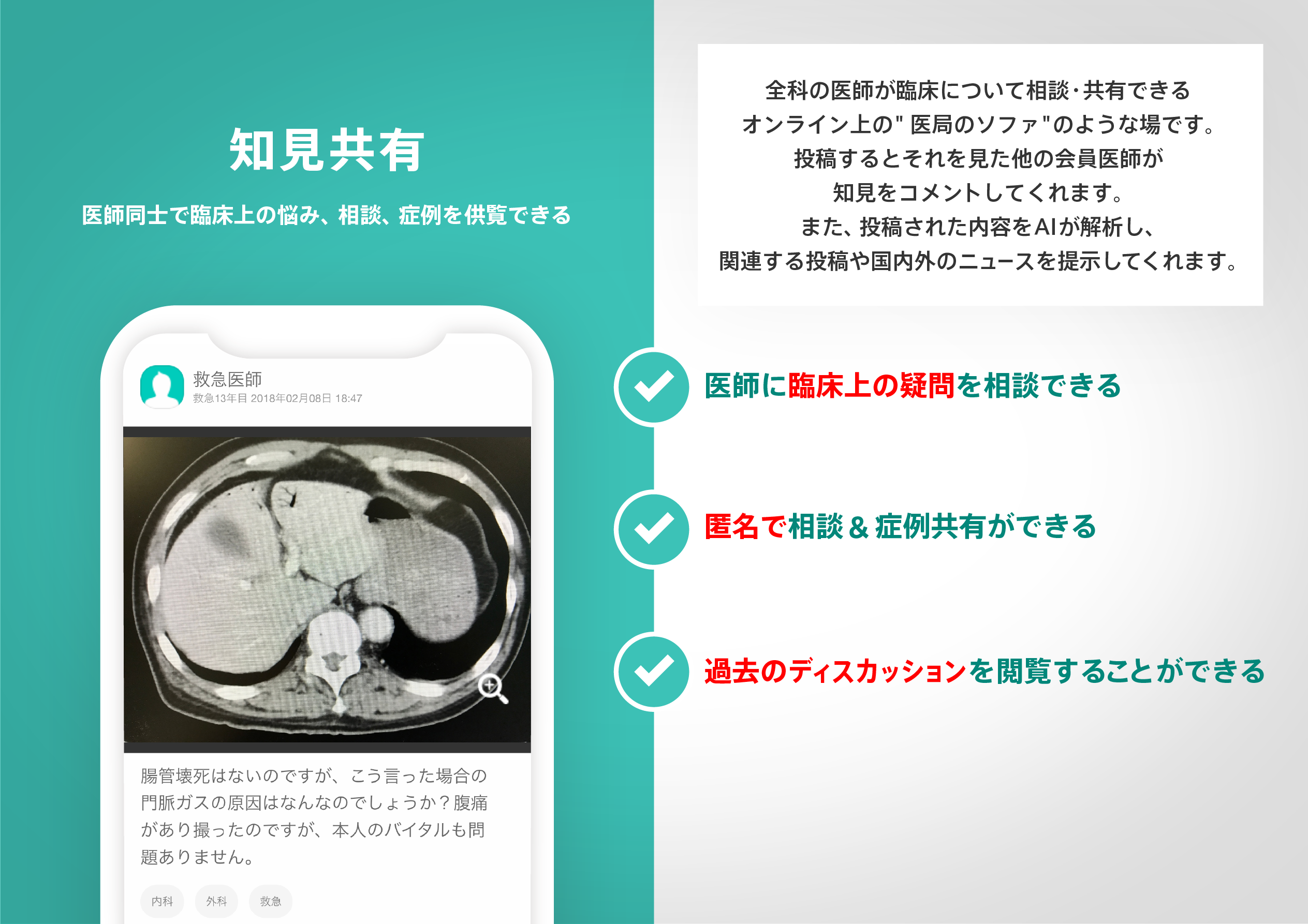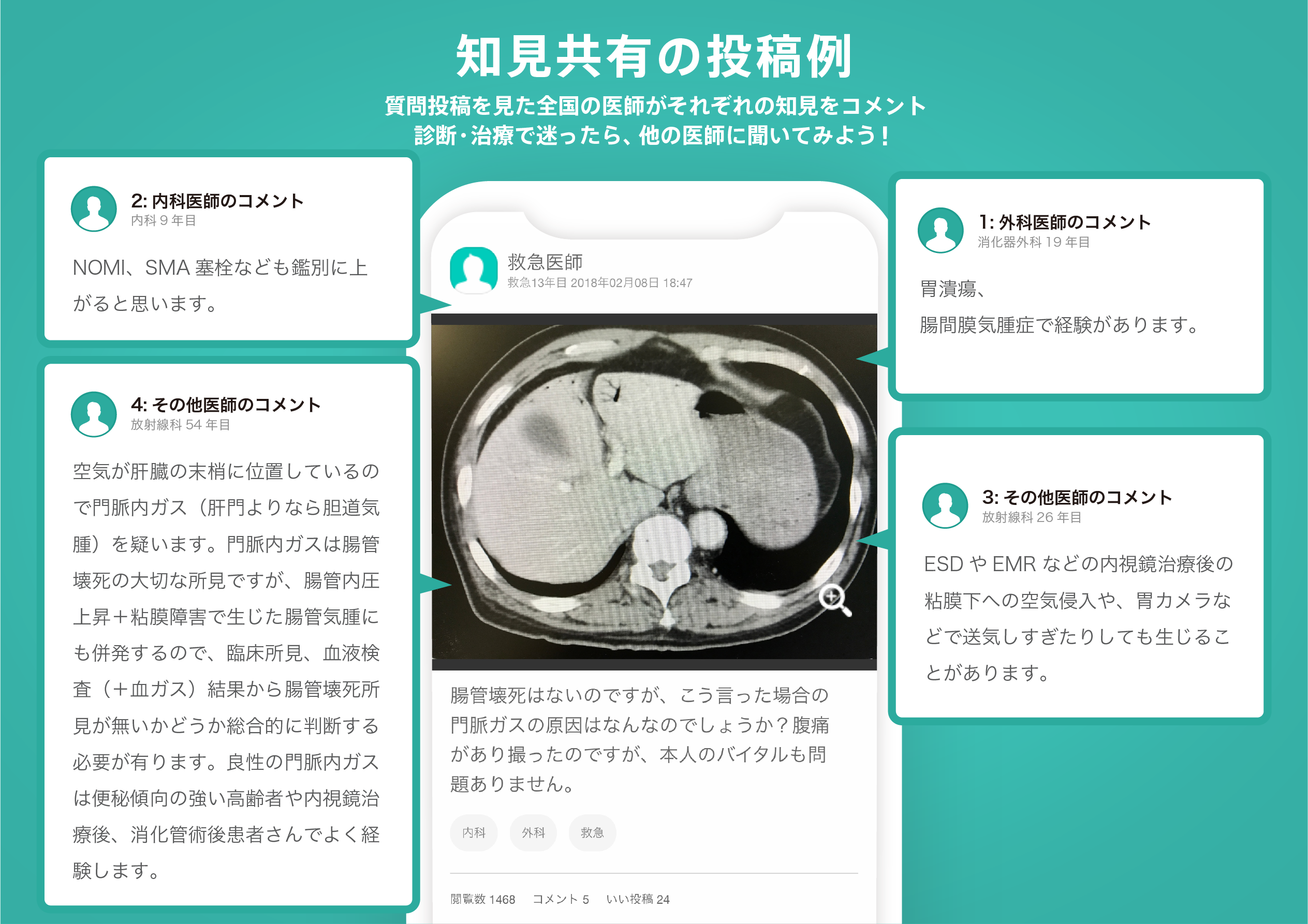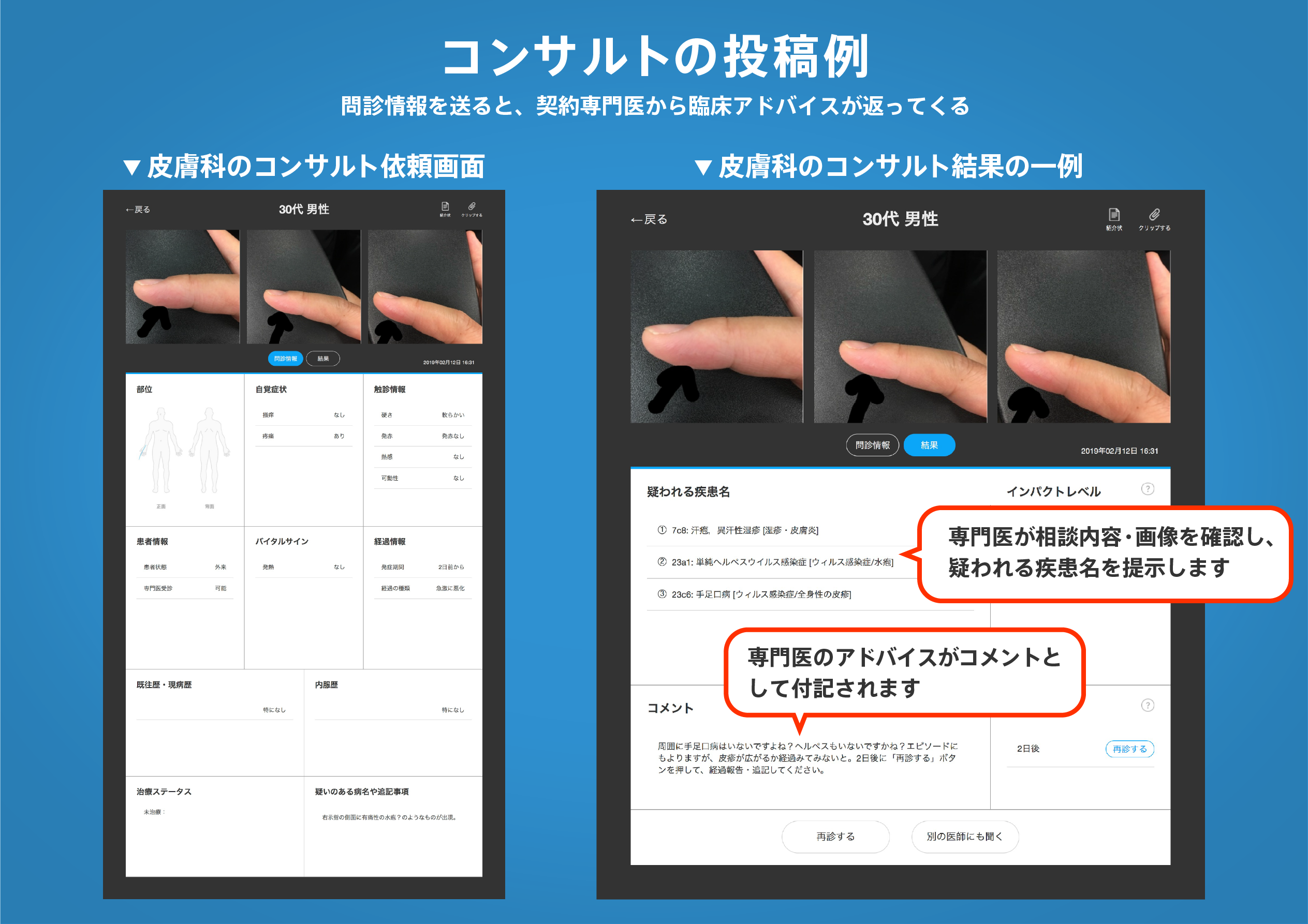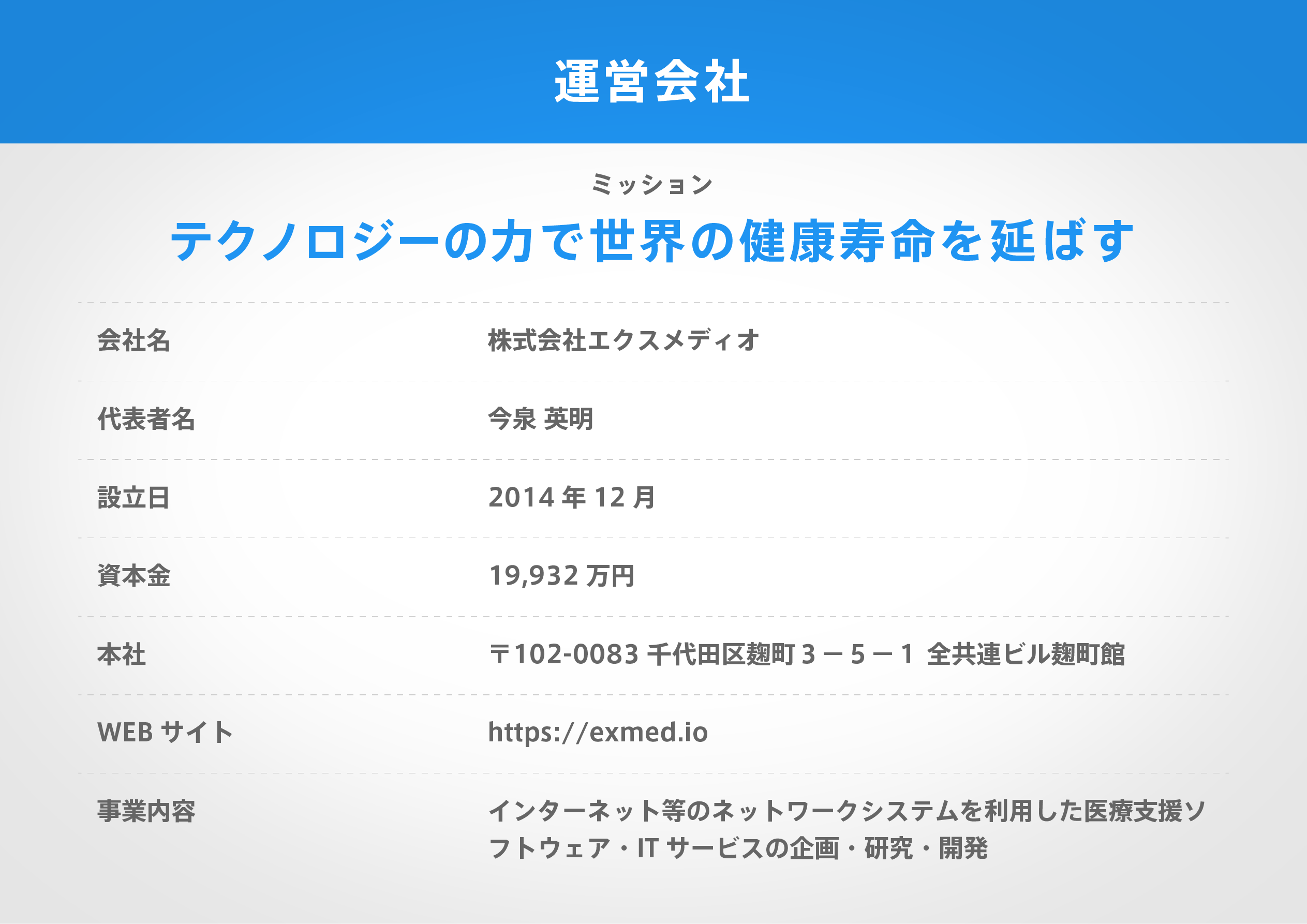著名医師による解説が無料で読めます
すると翻訳の精度が向上します
背景:一部の自己免疫疾患は、心血管疾患のリスクの増加に関連しています。私たちは、これが真実であるかどうかを判断することを目指しました。 方法:この集団ベースの研究では、臨床診療研究Datalink(CPRD)、GoldおよびAurum Datasetのリンクされたプライマリおよびセカンダリケア記録を使用して、19のAutoimmuneのいずれかと新たに診断された英国の個人のコホートを組み立てました。2000年1月1日から2017年12月31日までの疾患は、診断で80歳未満であり、診断から最大12か月まで心血管疾患がありませんでした。また、年齢、性別、社会経済的地位、地域、暦年に一致する最大5人の個人と一致したコホートを組み立てました。これらは、自己免疫疾患がなく、研究侵入から最大12か月まで心血管疾患が含まれていませんでした。両方のコホートは、2019年6月30日までフォローアップされました。12の心血管転帰の発生率を調査し、Cox比例ハザードモデルを使用して、自己免疫疾患の有無にかかわらず患者の違いを調べました。 調査結果:CPRDデータベースから特定された22 009 375個の個人のうち、446 449の自己免疫疾患の適格な個人と2つの102 830の対照対照を特定しました。自己免疫コホートでは、診断時の平均年齢は46・2歳(SD 19・8)であり、271 410(60・8%)は女性で、175 039(39・2%)が男性でした。68 413(15・3%)自己免疫疾患のない231 410(11・0%)は、追跡調査の6・2年(IQR 2・7-10・8)の中央値(IQR 2・7-10・8)の間に偶発的な心血管疾患を発症しました。心血管疾患の発生率は、自己免疫疾患の患者の間で患者年1000歳あたり23・3イベントであり、自己免疫疾患のない患者の1000患者年に15・0のイベントでした(ハザード比[HR] 1・56 [95%CI1・52-1・59])。自己免疫疾患を伴う心血管疾患のリスクの増加は、すべての個々の心血管疾患について見られ、存在する自己免疫疾患の数とともに徐々に増加しました(1つの疾患:HR 1・41 [95%CI 1・37-1・45]; 2つの疾患:2つの疾患:2・63 [2・49-2・78]);3つ以上の疾患:3・79 [3・36-4・27])、および若い年齢層(年齢<45歳:2・33 [2・16-2・51]; 55-64歳:1・76 [1・67-1・85];≥75年:1・30 [1・24-1・36])。自己免疫疾患、全身性硬化症(3・59 [2・81-4・59])、アディソン病(2・83 [1・96-4・09])、全身性エリテマトサス(2・82 [2・38-3・33])、および1型糖尿病(2・36 [2・21-2・52])は、全体的な心血管リスクが最も高かった。 解釈:これらの発見は、特に自己免疫疾患の若い患者において、これらの合併症の根底にある病態生理学的メカニズムのさらなる研究で、標的性の心血管予防策を保証します。 資金調達:Horizon 2020 MarieSkłodowska-Curie Actions and European Society of Cardiology。
背景:一部の自己免疫疾患は、心血管疾患のリスクの増加に関連しています。私たちは、これが真実であるかどうかを判断することを目指しました。 方法:この集団ベースの研究では、臨床診療研究Datalink(CPRD)、GoldおよびAurum Datasetのリンクされたプライマリおよびセカンダリケア記録を使用して、19のAutoimmuneのいずれかと新たに診断された英国の個人のコホートを組み立てました。2000年1月1日から2017年12月31日までの疾患は、診断で80歳未満であり、診断から最大12か月まで心血管疾患がありませんでした。また、年齢、性別、社会経済的地位、地域、暦年に一致する最大5人の個人と一致したコホートを組み立てました。これらは、自己免疫疾患がなく、研究侵入から最大12か月まで心血管疾患が含まれていませんでした。両方のコホートは、2019年6月30日までフォローアップされました。12の心血管転帰の発生率を調査し、Cox比例ハザードモデルを使用して、自己免疫疾患の有無にかかわらず患者の違いを調べました。 調査結果:CPRDデータベースから特定された22 009 375個の個人のうち、446 449の自己免疫疾患の適格な個人と2つの102 830の対照対照を特定しました。自己免疫コホートでは、診断時の平均年齢は46・2歳(SD 19・8)であり、271 410(60・8%)は女性で、175 039(39・2%)が男性でした。68 413(15・3%)自己免疫疾患のない231 410(11・0%)は、追跡調査の6・2年(IQR 2・7-10・8)の中央値(IQR 2・7-10・8)の間に偶発的な心血管疾患を発症しました。心血管疾患の発生率は、自己免疫疾患の患者の間で患者年1000歳あたり23・3イベントであり、自己免疫疾患のない患者の1000患者年に15・0のイベントでした(ハザード比[HR] 1・56 [95%CI1・52-1・59])。自己免疫疾患を伴う心血管疾患のリスクの増加は、すべての個々の心血管疾患について見られ、存在する自己免疫疾患の数とともに徐々に増加しました(1つの疾患:HR 1・41 [95%CI 1・37-1・45]; 2つの疾患:2つの疾患:2・63 [2・49-2・78]);3つ以上の疾患:3・79 [3・36-4・27])、および若い年齢層(年齢<45歳:2・33 [2・16-2・51]; 55-64歳:1・76 [1・67-1・85];≥75年:1・30 [1・24-1・36])。自己免疫疾患、全身性硬化症(3・59 [2・81-4・59])、アディソン病(2・83 [1・96-4・09])、全身性エリテマトサス(2・82 [2・38-3・33])、および1型糖尿病(2・36 [2・21-2・52])は、全体的な心血管リスクが最も高かった。 解釈:これらの発見は、特に自己免疫疾患の若い患者において、これらの合併症の根底にある病態生理学的メカニズムのさらなる研究で、標的性の心血管予防策を保証します。 資金調達:Horizon 2020 MarieSkłodowska-Curie Actions and European Society of Cardiology。
BACKGROUND: Some autoimmune diseases are associated with an increased risk of cardiovascular disease. We aimed to determine whether or not this is true, and to what extent, for a broad range of autoimmune conditions. METHODS: In this population-based study, we used linked primary and secondary care records from the Clinical Practice Research Datalink (CPRD), GOLD and Aurum datasets, to assemble a cohort of individuals across the UK who were newly diagnosed with any of 19 autoimmune diseases between Jan 1, 2000, and Dec 31, 2017, younger than 80 years at diagnosis, and free of cardiovascular diseases up to 12 months after diagnosis. We also assembled a matched cohort with up to five individuals matched on age, sex, socioeconomic status, region, and calendar year, who were free of autoimmune disease and free of cardiovascular diseases up to 12 months after study entry. Both cohorts were followed up until June 30, 2019. We investigated the incidence of 12 cardiovascular outcomes and used Cox proportional hazards models to examine differences in patients with and without autoimmune diseases. FINDINGS: Of 22 009 375 individuals identified from the CPRD databases, we identified 446 449 eligible individuals with autoimmune diseases and 2 102 830 matched controls. In the autoimmune cohort, mean age at diagnosis was 46·2 years (SD 19·8), and 271 410 (60·8%) were women and 175 039 (39·2%) were men. 68 413 (15·3%) people with and 231 410 (11·0%) without autoimmune diseases developed incident cardiovascular disease during a median of 6·2 years (IQR 2·7-10·8) of follow-up. The incidence rate of cardiovascular disease was 23·3 events per 1000 patient-years among patients with autoimmune disease and 15·0 events per 1000 patient-years among those without an autoimmune disease (hazard ratio [HR] 1·56 [95% CI 1·52-1·59]). An increased risk of cardiovascular disease with autoimmune disease was seen for every individual cardiovascular disease and increased progressively with the number of autoimmune diseases present (one disease: HR 1·41 [95% CI 1·37-1·45]; two diseases: 2·63 [2·49-2·78]); three or more diseases: 3·79 [3·36-4·27]), and in younger age groups (age <45 years: 2·33 [2·16-2·51]; 55-64 years: 1·76 [1·67-1·85]; ≥75 years: 1·30 [1·24-1·36]). Among autoimmune diseases, systemic sclerosis (3·59 [2·81-4·59]), Addison's disease (2·83 [1·96-4·09]), systemic lupus erythematosus (2·82 [2·38-3·33]), and type 1 diabetes (2·36 [2·21-2·52]) had the highest overall cardiovascular risk. INTERPRETATION: These findings warrant targeted cardiovascular prevention measures, in particular in younger patients with autoimmune diseases, and further research into pathophysiological mechanisms underlying these complications. FUNDING: Horizon 2020 Marie Skłodowska-Curie Actions and European Society of Cardiology.
医師のための臨床サポートサービス
ヒポクラ x マイナビのご紹介
無料会員登録していただくと、さらに便利で効率的な検索が可能になります。






